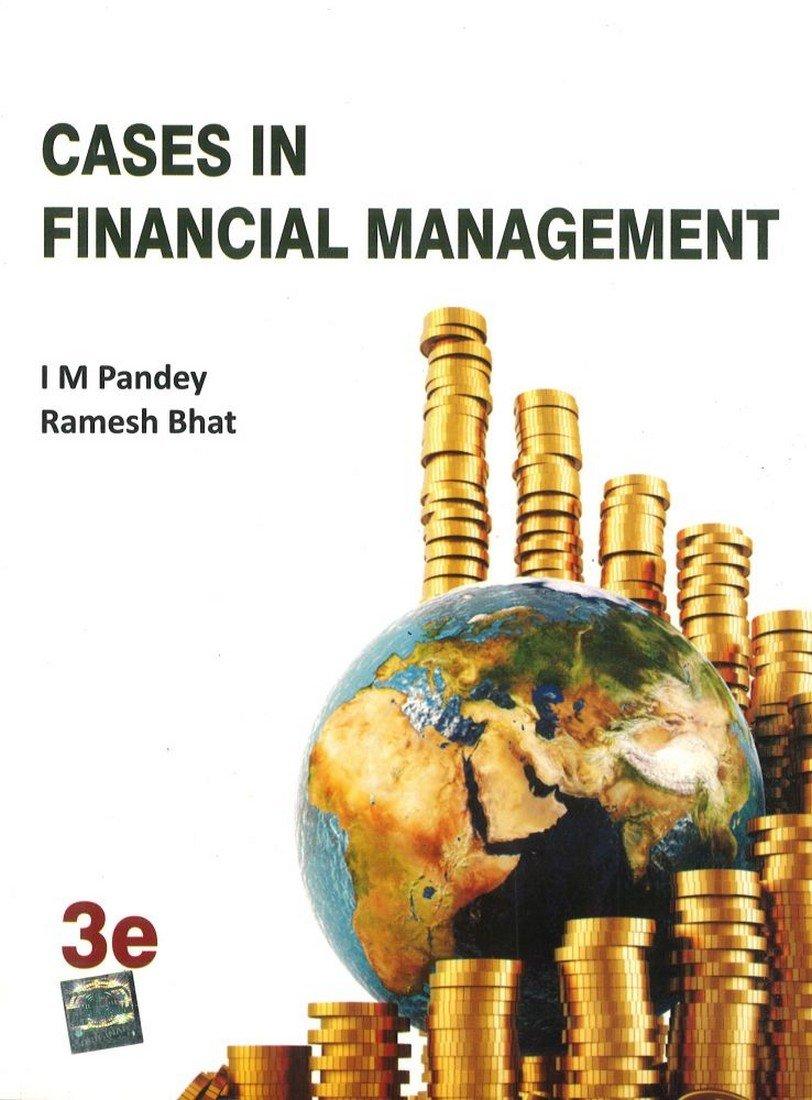Question
Philip Colburn of Arlington Heights, Delaware, was 65 when he retired in 1998. His wife of 35 years passed away shortly thereafter. Her will left
Philip Colburn of Arlington Heights, Delaware, was 65 when he retired in 1998. His wife of 35 years passed away shortly thereafter. Her will left everything to Philip. Although her estate was valued at $1,750,000, there was no estate tax due because of the 100 percent marital deduction. Their only child, Mark Colburn, is married to Alice; they have four children, two in college and two in high school. When Philip died in 2007, his home was valued at $650,000, his vacation cabin on a lake was valued at $285,000, his investments in stocks and bonds at $890,000, and his pension funds at $645,000 (Mark was named beneficiary). Philip also owned a life insurance policy that paid proceeds of $500,000 to Mark. He left $60,000 to his church and $25,000 to his high school to start a scholarship fund in his wifes name. The rest of the estate was left to Mark. Funeral costs were $5,000. Debts and expenses totaled $90,000. In 2001, Philip made a gift of XYZ stock worth $170,000 jointly to Mark and Alice. Because of the two $10,000 annual exclusions (allowed in 2001) and the unified credit, no gift taxes were due. Use Worksheet 15.2 to guide your calculations as you complete these exercises.
1. Compute the value of Philips probate estate.
2. Compute the value of Philips gross estate at the time of his death.
3. Determine the total allowable deductions.
4. Calculate the estate tax base, taking into account the gifts given to Mark and Alice (remember the annual exclusions).
5. Use Exhibit 15.7 to determine the tentative tax on estate tax base.
6. Subtract the appropriate unified tax credit (Exhibit 15.8) for 2007 from the tentative tax on estate tax base to arrive at the federal estate tax due. Note that there is no credit for gift tax payable on post-1976 gifts because no gift taxes had to be paid.
7. Comment on the estate shrinkage experienced for Philips estate. What might have been done to reduce this shrinkage? Explain.

Step by Step Solution
There are 3 Steps involved in it
Step: 1

Get Instant Access to Expert-Tailored Solutions
See step-by-step solutions with expert insights and AI powered tools for academic success
Step: 2

Step: 3

Ace Your Homework with AI
Get the answers you need in no time with our AI-driven, step-by-step assistance
Get Started


